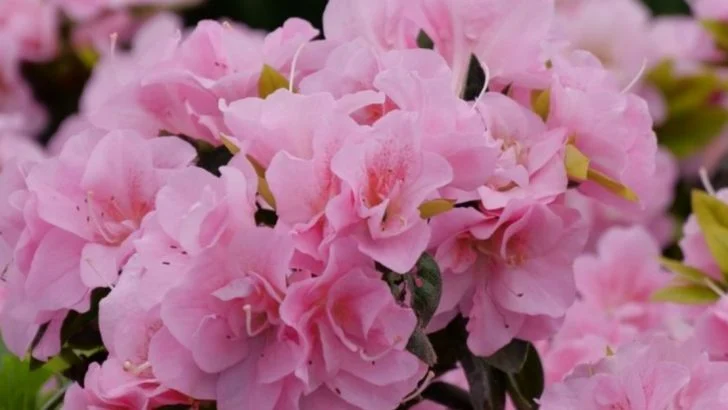May in Zone 8 isn’t just spring—it’s a full-blown color explosion. Every corner of the garden is waking up, stretching wide, and throwing down blooms like confetti. This isn’t the time for subtle. This is the time for bold reds, electric purples, sunny yellows, and lush greens taking over every inch of soil. Roses are climbing like they’ve got somewhere to be. Coreopsis lights up borders with fireworks. Salvias call every bee within a mile. And daylilies? They’re just getting warmed up. If your beds still look sleepy, you’re missing out. Right now is your moment to crank up the color and ride that wave straight into summer. Ready to see what’s blooming hard in Zone 8 this May? Scroll down and meet the flowers turning ordinary yards into garden showstoppers.
Rhododendron
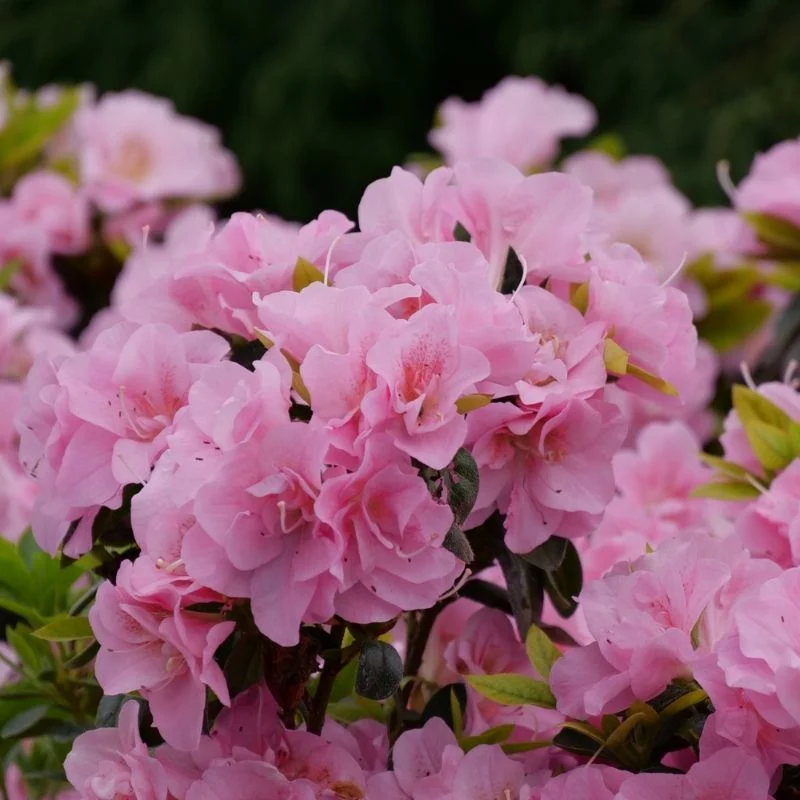
Rhododendrons are the showstoppers of any garden with their large, fluffy blooms. These evergreen shrubs burst into a sea of pinks, purples, or whites. Imagine waking up to their bold presence as they bask in the morning sun.
Their luscious flowers are not just pretty; they also invite a melody of buzzing bees and flitting butterflies, creating a lively garden scene. Plant them in a slightly shaded area to prevent leaf scorch.
Did you know? The name ‘Rhododendron’ means ‘rose tree’, and they have been cherished in gardens for centuries.
Peony
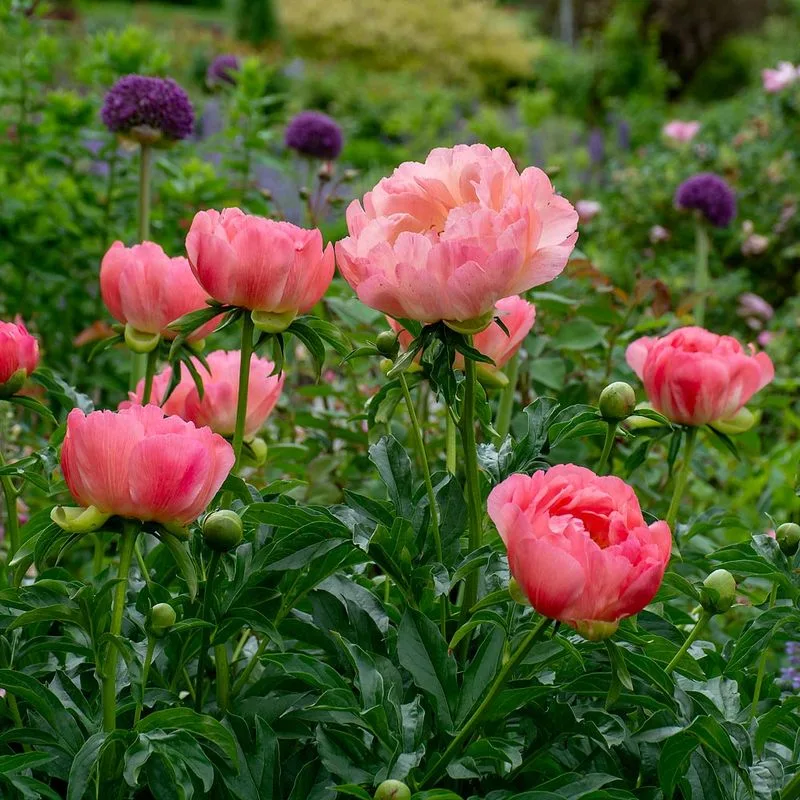
With petals as soft as silk, peonies are the epitome of elegance. These flowers unfold layer upon layer of delicate pink or white petals, offering a gentle fragrance.
Often found in wedding arrangements, their opulent blooms symbolize romance and prosperity. Plant them in a sunny spot for the best blooms, and support their heavy heads with stakes.
Curious fact: Peonies can live up to 100 years! This longevity means they can be a cherished heirloom, passed through generations of gardeners.
Iris
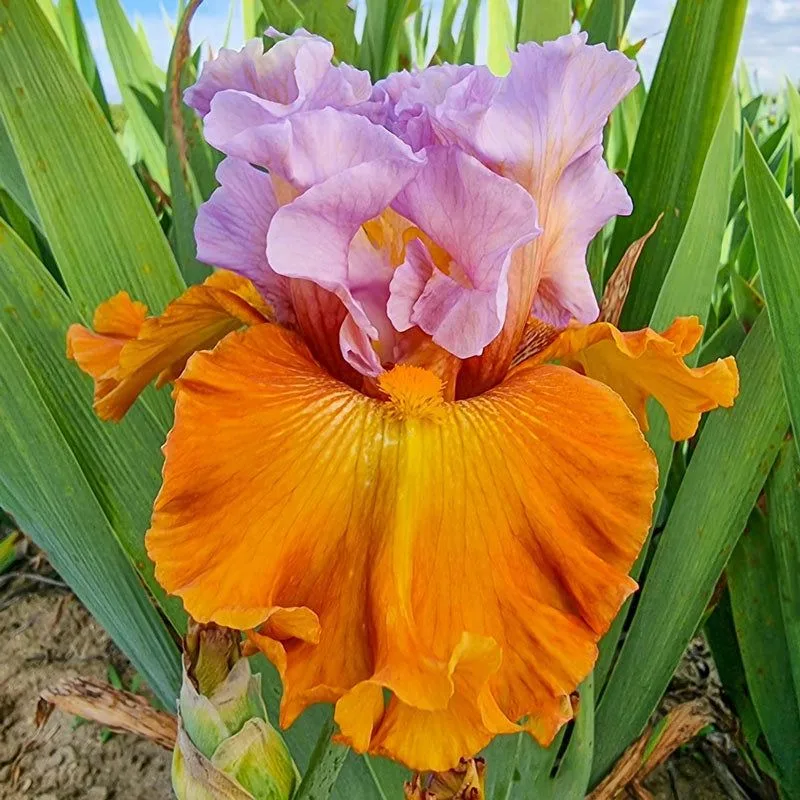
Irises stand tall and proud, flaunting their intricate frilled petals. These statuesque flowers come in a spectrum of colors, from deep purples to sunny yellows.
Their unique structure resembles a dancer’s skirt, swaying gently in the breeze. Irises prefer a sunny location with well-drained soil to showcase their full glory.
Fun tidbit: Named after the Greek goddess of the rainbow, Irises indeed bring a rainbow of colors to your garden, attracting both butterflies and hummingbirds for a lively display.
Azalea
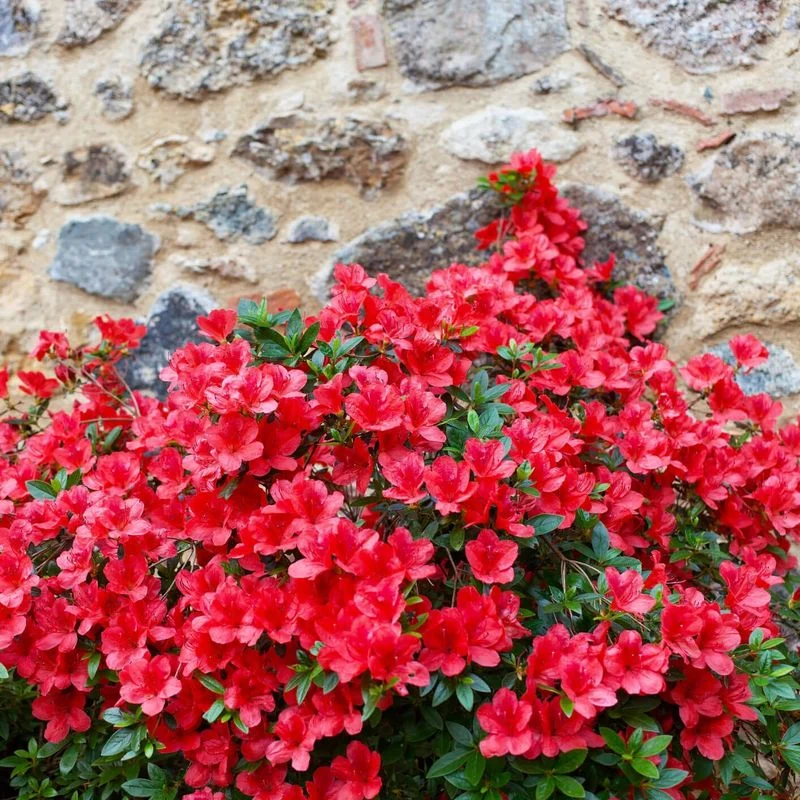
Azaleas are the quintessential spring bloomers, draping gardens in vivid hues. Their funnel-shaped flowers form dense clusters, creating a vibrant tapestry.
They thrive in acidic soil and prefer a spot with dappled sunlight. The flower’s gentle fragrance adds a sweet note to your garden’s ambiance.
Interesting fact: Azaleas are often planted in Southern gardens and are celebrated in many festivals for their breathtaking displays.
Lilac
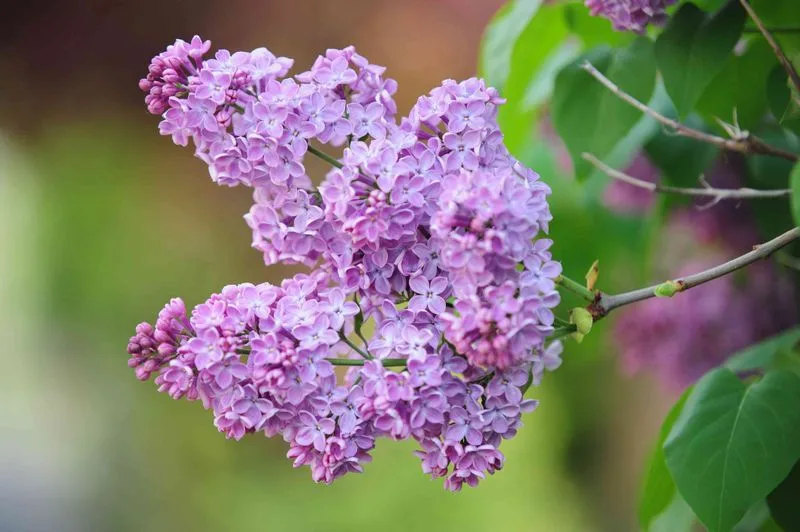
Lilacs are cherished for their intoxicating aroma and charming clusters of small flowers. With shades ranging from pale purple to deep violet, they bring both beauty and scent to your garden.
Position them in a sunny spot with good air circulation to prevent mildew. Their fragrance is strongest in the late afternoon, making evenings in the garden a delightful experience.
Did you know? Lilacs are symbols of love and are often associated with Easter, since they typically bloom around that time.
Camellia

Camellias, with their glossy leaves and rose-like flowers, are a gardener’s delight. Available in red, pink, and white, these blooms add a touch of elegance and charm.
They prefer shaded areas with well-drained soil, making them perfect for garden borders. Their blooms can last well into May, extending the visual appeal of your garden.
Fun fact: Camellias are known as the ‘Queen of Winter Flowers’ and have been cultivated in China for centuries for their beauty and for use in tea.
Foxglove
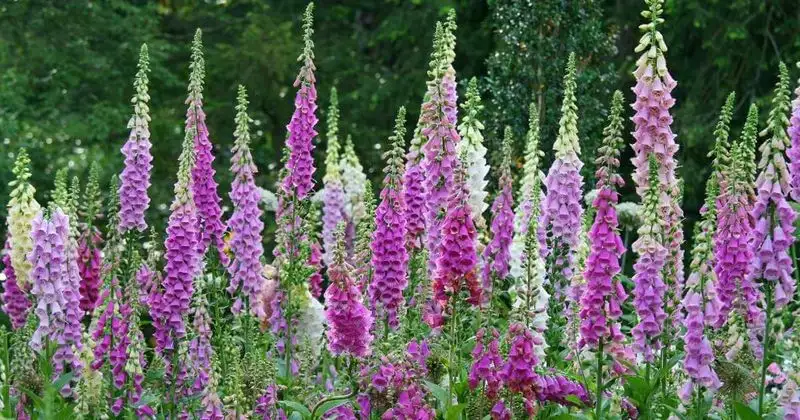
Foxgloves bring a touch of wild beauty with their tall, spire-like growth. Their tubular flowers are a favorite among bees, offering both nectar and shelter.
These biennials thrive in partial shade and well-drained soil. Each spike can produce dozens of blossoms, creating a dramatic vertical element in your garden.
Historical note: In folklore, foxgloves were believed to be worn by fairies and have medicinal uses, though care should be taken as they are toxic if ingested.
Salvia
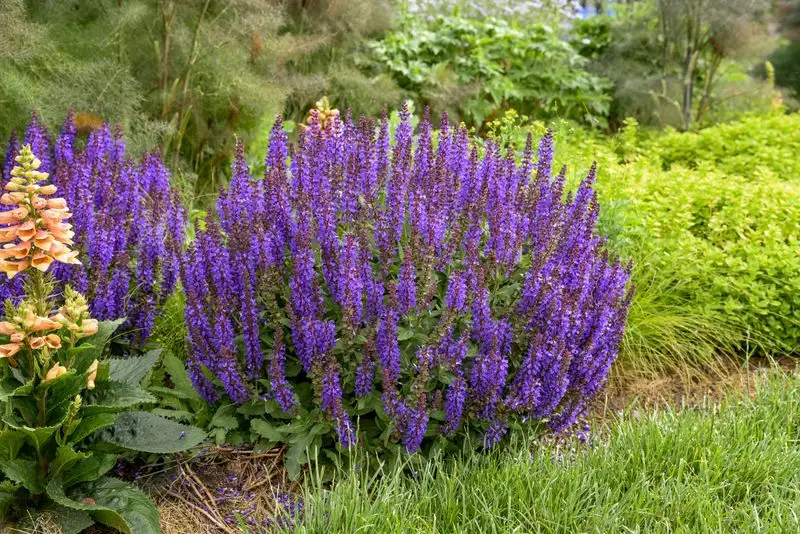
Salvia, with its spiky blooms and aromatic leaves, adds a splash of color and texture. The deep blue or purple flowers are a feast for the eyes and a magnet for pollinators.
These hardy plants prefer full sun and well-drained soil, making them easy to grow. Their long flowering season ensures a prolonged burst of color in your garden.
Trivia: Salvia is part of the mint family, and its aromatic leaves have been used in traditional medicine for centuries.
Clematis
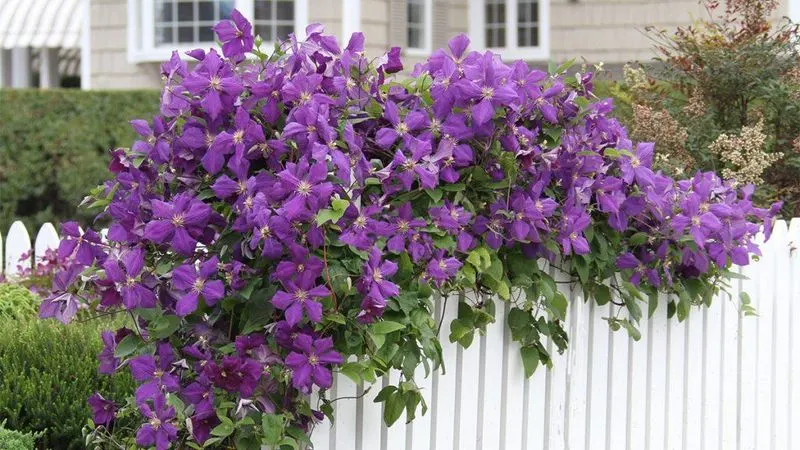
Clematis vines are known for their stunning, large blooms that come in a variety of colors. They can transform any garden fence or trellis into a wall of flowers.
These climbers love sun on their blooms but prefer shaded roots, so mulching is beneficial. With proper care, they can provide a spectacular display from spring through early summer.
Intriguing fact: Clematis are sometimes called ‘The Queen of Climbers’ due to their ability to cover large spaces with their lovely flowers.
Dianthus
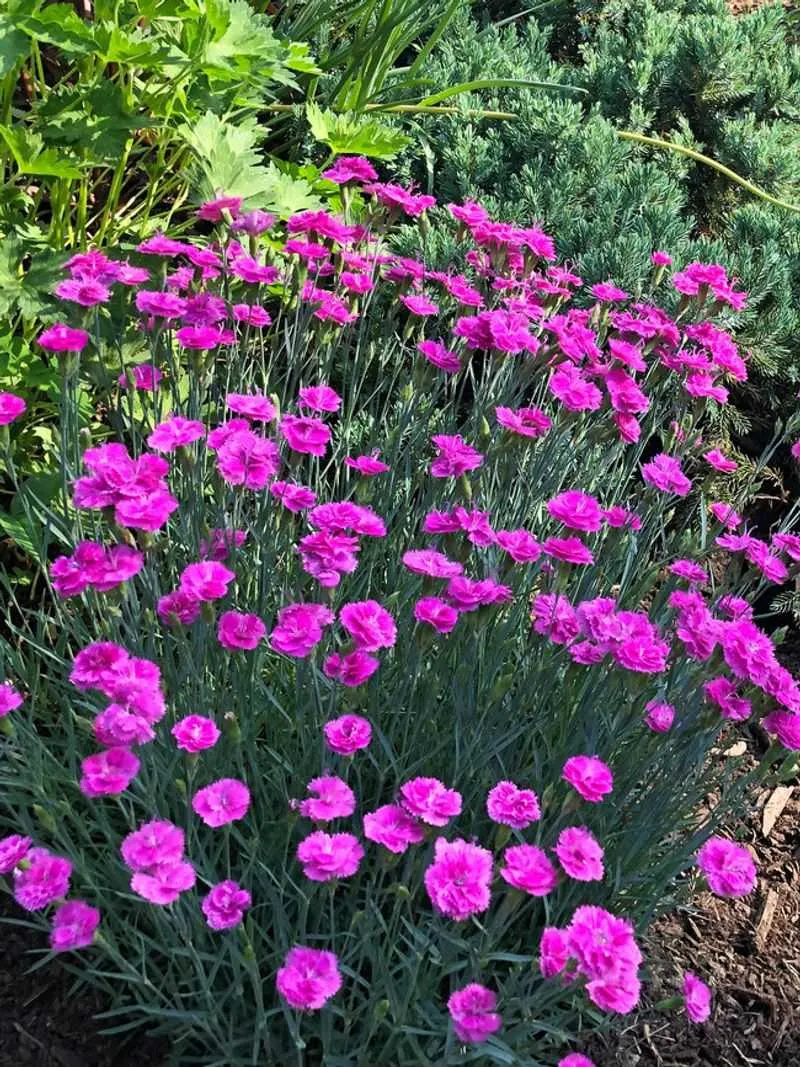
Dianthus, or ‘pinks’, are charming, compact perennials known for their fringed petals and spicy fragrance. Their vibrant pink, red, or white flowers create cheerful mounds of color.
They thrive in sunny locations and well-drained soil, making them perfect for borders or rock gardens. Regular deadheading will encourage continuous blooming.
Delightful fact: Dianthus have been cultivated since antiquity, and their name means ‘divine flower’, hinting at their long-standing appeal in gardens worldwide.

